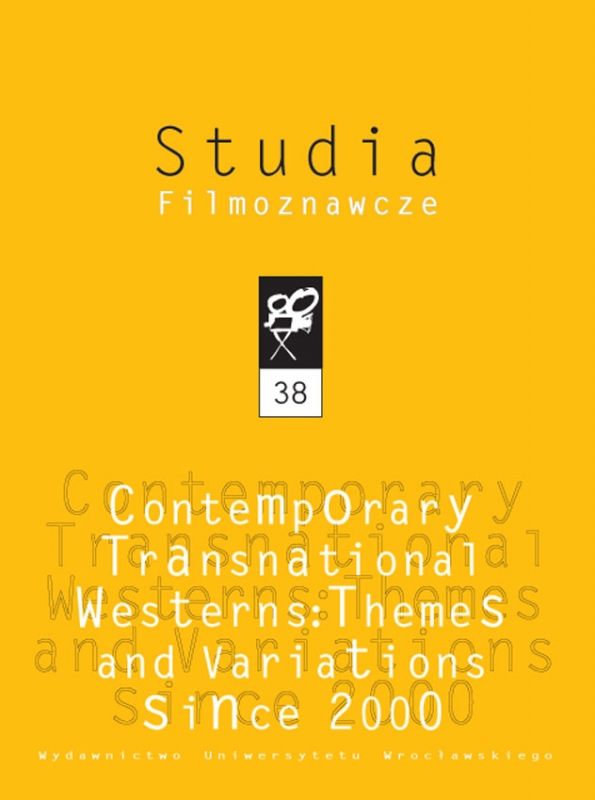

Articles

The East Asian Westerns of the twenty-first century have been studied extensively by scholars of East Asian cinema, yet have been largely missing from the conversations animating the Western genre studies, despite the field’s recent transnational turn. This absence might be linked to their unique formal feature: their de-coupling of the genre’s most recognizable tropes and props from their presumed location in the American West. By indigenizing the Western, films such as Miike Takashi’s Sukiyaki Western Django 2007 or Kim Jee-woon’s The Good, the Bad, the Weird 2008 have served to consolidate national cinemas in East Asia and refashioned our understanding of globalization by highlighting regional, intra-Asian trajectories of influence. Despite their hasty dismissal by some Western film critics, they may still reinvigorate the theoretical conversations at the heart of Western studies as well as pose productive questions about their influence on the practice and reception of the U.S. iterations of the genre. In their deft citations drawing on the global Western vernacular, East Asian Westerns expose the centrality of the American West as the unsurpassable limit of the Western genre studies, while simultaneously revealing the appreciatively transnational tenor of the contemporary practice of the genre in the United States.
WSCHODNIOAZJATYCKIE WESTERNY NA GRANICY/JAKO GRANICE KRYTYKI GATUNKU WESTERNU
Wschodnioazjatyckie westerny są szczegółowo badane przez badaczy azjatyckiego kina, jednak wyraźnie pomijane w dyskusjach ożywiających studia nad gatunkiem westernu mimo niedawnego pojawienia się transnarodowej perspektywy badawczej. Ta nieobecność może mieć związek z ich wyjątkową formalną cechą: odłączenie najbardziej rozpoznawalnych tropów i rekwizytów gatunkowych od ich macierzystej lokalizacji na amerykańskim Zachodzie. Przez akulturację westernu filmy takie, jak Sukiyaki Western Django 2007 Miike Takashiego czy Dobry, zły i zakręcony 2008 Kima Jee-woona, służą konsolidacji kina narodowego we wschodniej Azji oraz przeformułowują nasze rozumienie globalizacji, podkreślając regionalne wewnątrzazjatyckie trajektorie wpływu. Mimo pochopnego lekceważenia przez niektórych zachodnich krytyków filmy te wciąż mają szansę ożywić teoretyczne dyskusje w sercu westernowych badań, jak również stawiać pożyteczne pytania o ich wpływ na praktykę iodbiór amerykańskich reprodukcji gatunku. W swoich wprawnych cytowaniach obrazowania opartych na globalnym westernowym żargonie wschodnioazjatyckie westerny odsłaniają główne znaczenie amerykańskiego Zachodu jako nieprzekraczalną granicę badań gatunkowych westernu, jednocześnie ujawniając akceptująco ponadnarodową tonację współczesnej praktyki w obszarze tego gatunku w USA.
Przeł. Kordian Bobowski